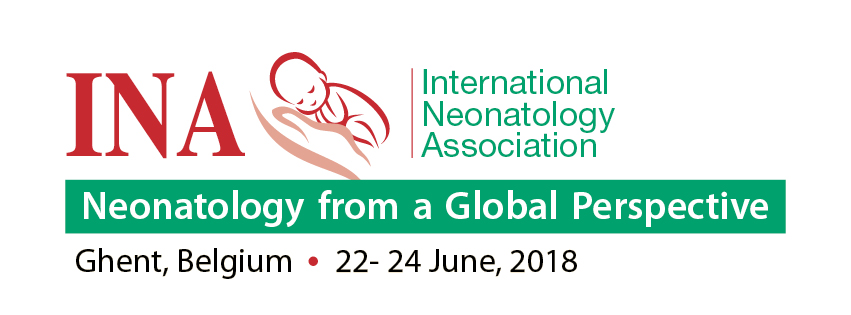Editorial, Res J Clin Pediatr Vol: 9 Issue: 1
Pediatric Asthma: Current Trends and Management Approaches
Meera Raghavan*
Pediatric Pulmonology, PGIMER, Chandigarh, India
- *Corresponding Author:
- Meera Raghavan
Pediatric Pulmonology, PGIMER, Chandigarh, India
E-mail: meera.raghavan@pgimer.edu.in
Received: 01-March-2025, Manuscript No RJCP-25-169430; Editor assigned: 4-March-2025, Pre-QC No. RJCP-25-169430 (PQ); Reviewed: 20-March-2025, QC No RJCP-25-169430; Revised: 26-March-2025, Manuscript No. RJCP-25- 169430 (R); Published: 30-March-2025, DOI: 10.4172/rjcp.1000164
Citation: Meera R (2025) Pediatric Asthma: Current Trends and Management Approaches. Res J Clin Pediatr 14:164
Introduction
Asthma is one of the most common chronic conditions in children, with increasing prevalence worldwide. In India, urbanization, pollution, and genetic predisposition have contributed to a notable rise in pediatric asthma cases.
Epidemiology and Risk Factors
Recent studies suggest a prevalence of 10-15% among school-going children in Indian cities [1]. Risk factors include family history of atopy, indoor pollution from biomass fuels, and passive smoking [2]. Dust mites, cockroach allergens, and viral infections also play key roles [3].
Urban environments show higher asthma prevalence due to traffic-related air pollution and reduced physical activity [4]. Seasonal changes and environmental allergens further trigger symptoms.
Management Strategies and Guideline Adherence
Inhaled corticosteroids (ICS) remain the cornerstone of long-term asthma control. However, adherence is suboptimal in India due to stigma, cost, and lack of education [5]. The Indian Academy of Pediatrics (IAP) has endorsed simplified guidelines to improve physician compliance and patient outcomes.
Asthma action plans, regular follow-up, and education on inhaler technique are essential components of effective management [3]. Emerging biologics may benefit severe refractory cases, but accessibility remains a challenge.
 Spanish
Spanish  Chinese
Chinese  Russian
Russian  German
German  French
French  Japanese
Japanese  Portuguese
Portuguese  Hindi
Hindi 
